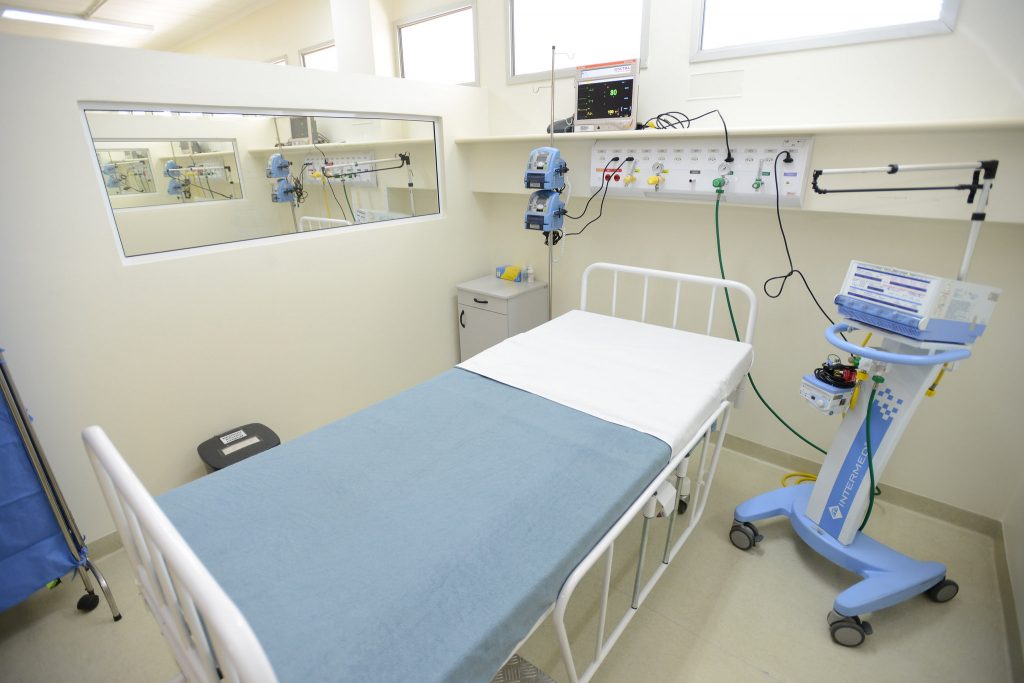Pharmacists as part of medical team make patients healthier and reduce costs, study says

By Christian Ruiz
Auxiliary Label Staff
Pharmacists working in collaboration with other health-care providers can improve the quality and cost of care for patients, according to a recent study.
A recent article in the American Journal of Health-System Pharmacy makes the case that pharmacists working as part of the primary-care team can be crucial life savers for their patients. In the case of the study, having pharmacists on the team reduced hospitalizations by 23.4 percent and reduced costs by approximately $5 million.
The study — of six hospitals from the Carilion Clinic health system in southwest Virginia in conjunction with 22 patient-centered medical homes associated with Carilion Clinic — was led by VCU School of Pharmacy’s Gary Matzke, Pharm.D.; Leticia Moczygemba, Pharm.D., Ph.D.; Karen Williams, Pharm.D.; Michael Czar, Pharm.D., Ph.D.; and William Lee. The study took place from January 2013 to June 2015. Funding sources for the study included the CMS Center for Medicare and Medicaid Innovation and the Carilion Clinic health system.
A total of 2,480 patients in the study had two or more of these seven chronic health conditions: heart failure, high blood pressure, high cholesterol, diabetes, asthma, chronic obstructive pulmonary disease (COPD) and depression. In addition, the patients were taking at least four medications and had a primary care physician in the Carilion Clinic health system.
The researchers studied the difference between collaborative care, in which pharmacists were members of the primary care team and worked closely with physicians, and “usual care,” in which pharmacists were not part of the primary care team, on the progress of their patients’ chronic health conditions and on their patients’ use of hospital resources.
The collaborative-care pharmacists called patients within 72 hours after their hospital stay to see if those patients had any medication-related problems or issues. Additionally, these pharmacists met the patients face-to-face or by phone to address patient-specific problems or concerns, which encouraged patients to self-manage their medications and health conditions.
Patients in the usual-care group did not interact with pharmacists in these ways.
Patients in the group working more closely with pharmacists showed better improvement in each of their health conditions compared to the usual-care group in terms of their diabetes, high blood pressure and high cholesterol.
In addition, the number of patients who were treated with the collaborative-care group experienced a 23.4 percent decrease in hospitalizations, from 1,675 hospitalizations before treatment by the collaborative-care group to 1,283 hospitalizations after treatment by the collaborative-care group.
The usual-care group, in comparison, experienced an 8.7 percent decrease in hospitalizations, from 355 hospitalizations before treatment and 324 hospitalizations after treatment.
Along with the health improvements, pharmacists in the collaborative-care group helped reduce the cost of hospitalizations overall by $5,156,675 — $2,619 less per patient than standard procedures would have been expected to cost. In comparison, the usual-care group recorded a cost reduction of $475,071, or $241 less per patient than standard procedures would have been expected to cost. This means that pharmacists in the collaborative-care group helped save $4,681,604 more than the usual-care group — or $2,378 more per patient than standard procedures would have been expected to cost — over the course of the study.
This study demonstrates that pharmacists can contribute far more to health care in the community than just serving as “pill counters” – a perceived role that immensely underestimates and undervalues the impact they can have on both the health of their patients and the cost of health care. Additionally, when health care providers work together as a team, our jobs as life savers can be worth so much more to our patients.
Auxiliary Label is a student-created blog examining pharmacy life, education and research at the VCU School of Pharmacy from a student perspective. It is overseen by Greg Weatherford, the school’s director of communications. Contact him here.
Categories Auxiliary Label, Faculty news, Research